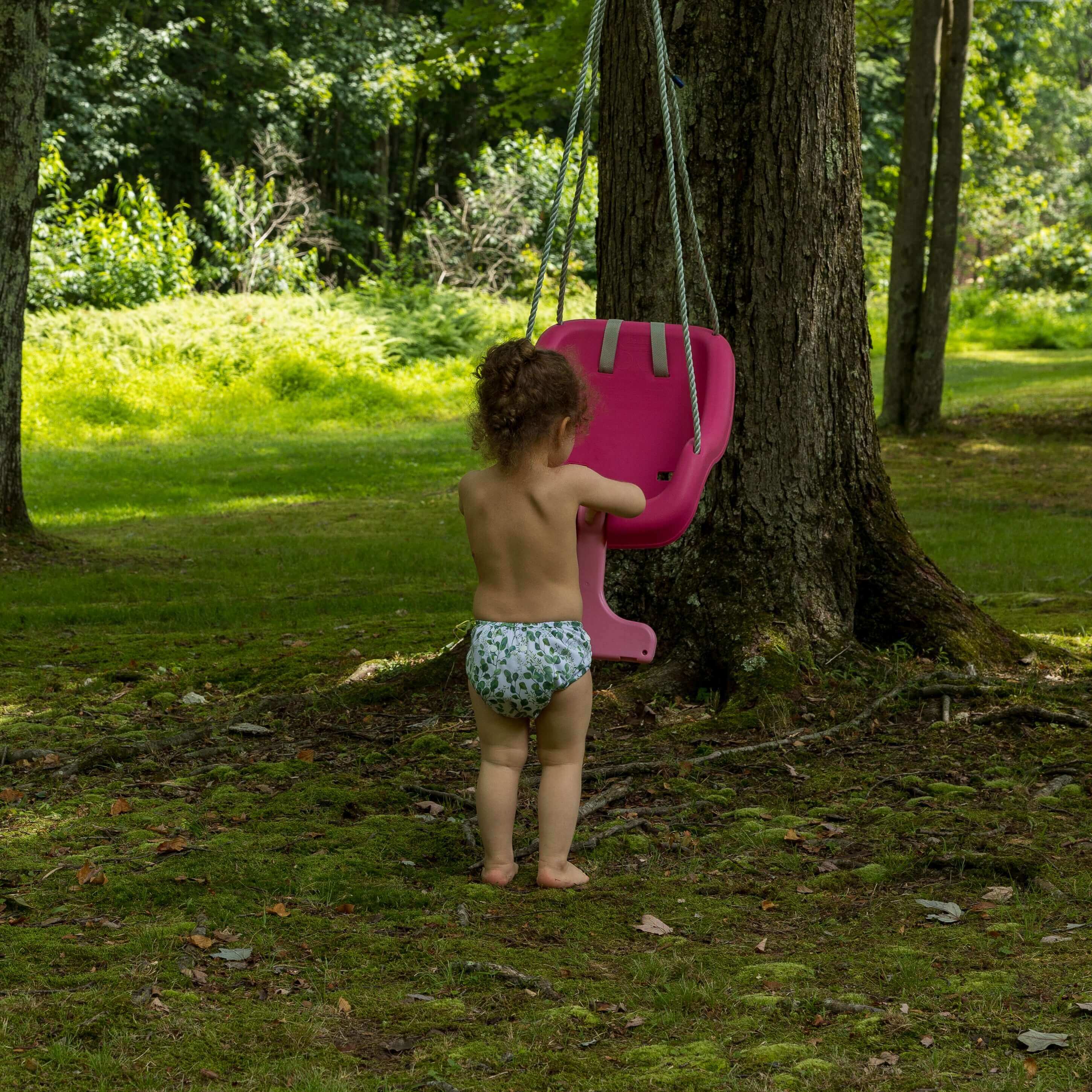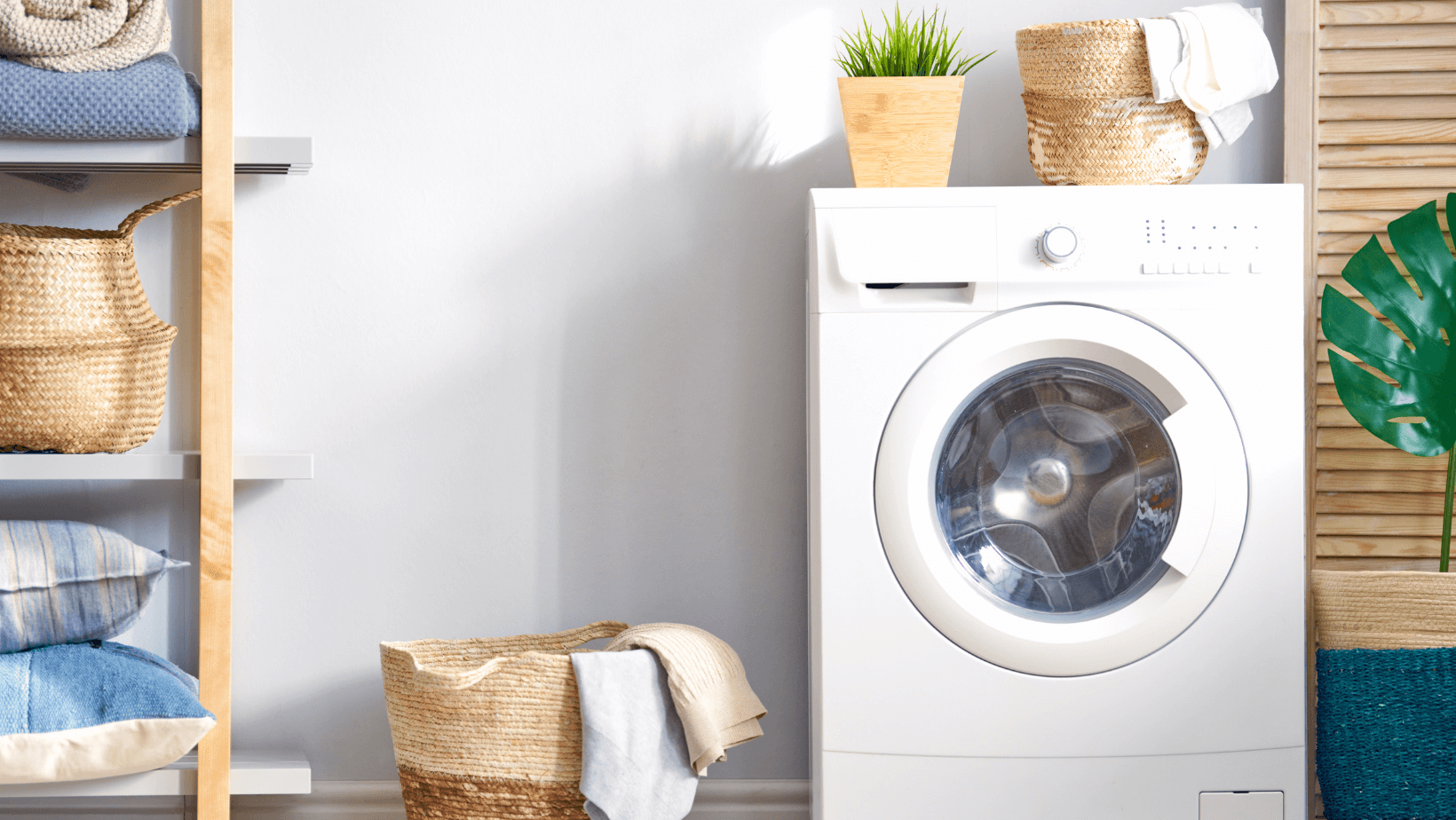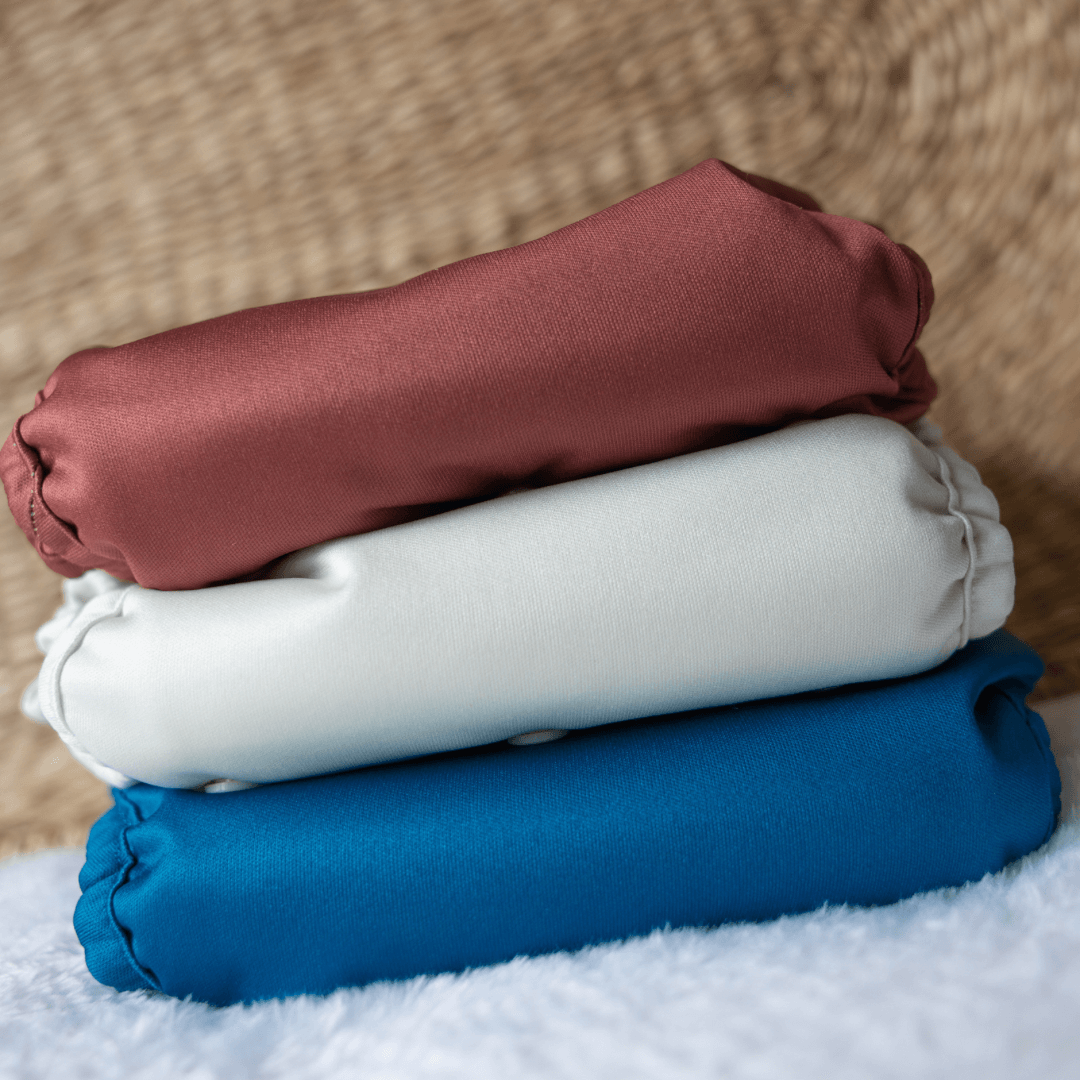
Navigating Stains on Your Cloth Diapers: A Comprehensive Guide
As you embark on your cloth diapering journey, you may encounter various stains on these diapers. Fear not, as this is a common experience for many parents. In this post, we will explore the different types of stains, their implications, and effective treatment methods.
Understanding Diaper Stains: Not a Sign of Dirtiness
Firstly, it's crucial to understand that stains on diapers do not necessarily signify uncleanliness. A fresh, odor-free diaper post-wash is a clean diaper, regardless of any residual stains. Stained diapers are generally safe for continued use, though some might require special care, which we will discuss below.
Types of Stains and Treatment Methods:
Yellow Stains:
Cause: Yellow staining can occur due to your baby's unique biochemistry, or possibly due to supplements consumed by the baby or breastfeeding mother, like high-concentration fish oil.
Treatment: Sun-drying freshly washed diapers is an effective natural method to remove these stains.
Brown Stains:
Cause: Brown stains, accompanied by a foul smell, often indicate issues with the washing process, especially once the baby starts consuming solids.
Treatment: Proper removal of solid waste before washing is crucial. In case of persistent stains, chlorine bleach can be used for treatment.
Black Stains (Mold/Mildew):
Cause: Black speckles or fuzzy patches on diapers often signal mold or mildew growth.
Treatment: Addressing storage and washing routines is essential. A mixture of white vinegar and water, followed by sun exposure, can help eliminate these stains.
Grey Stains:
Cause: Grey stains may arise from using non-cloth-friendly skincare products.
Treatment: Use a powerful detergent, such as washing powder or liquid detergents like Tide Original, to restore the diaper's absorbency.
Pink/Red Stains (Pink Diaper Syndrome):
Cause: This rare staining is often due to the bacteria Serratia Marcescens. It can also be due to your baby's diet - think berries - and if they've recently taken any medications that may stain the diaper.
Treatment: While challenging to remove, bleach can lighten these stains. Sun exposure may further reduce their appearance.
Other Colored Stains:
Cause: Accidental washing with colored items or stains from food items like berries.
Treatment: Standard bleaching methods should suffice, although we don't recommend it unless absolutely necessary.
Stains on cloth diapers are a common part of the diapering experience and usually pose no harm to your baby. Understanding the nature of these stains and how to treat them will ensure a more comfortable and hygienic experience for your little one.
Remember, our Bayrli diapers are designed to withstand the challenges of everyday use, ensuring durability and reliability.
FAQs:
Are stained cloth diapers safe to use?
Absolutely. As long as they smell fresh and clean post-wash, they are safe for use.
How can I prevent yellow stains on cloth diapers?
Regular sun exposure can naturally bleach and prevent yellow stains.
Is chlorine bleach safe for cloth diapers?
Yes, in moderation, it can be used for treating stubborn stains. But we stress - it should be used sparingly.
What causes black mold stains on cloth diapers?
Improper storage and washing routines often lead to mold growth.
How can I ensure my diapers don’t lose absorbency?
Avoid non-cloth-friendly products and use a powerful detergent for cleaning.
What is Pink Diaper Syndrome?
It's a rare condition caused by the bacteria Serratia Marcescens, leading to pink staining.
Can food cause staining on cloth diapers?
Yes, foods like berries can cause stains, but they are generally easy to remove.


